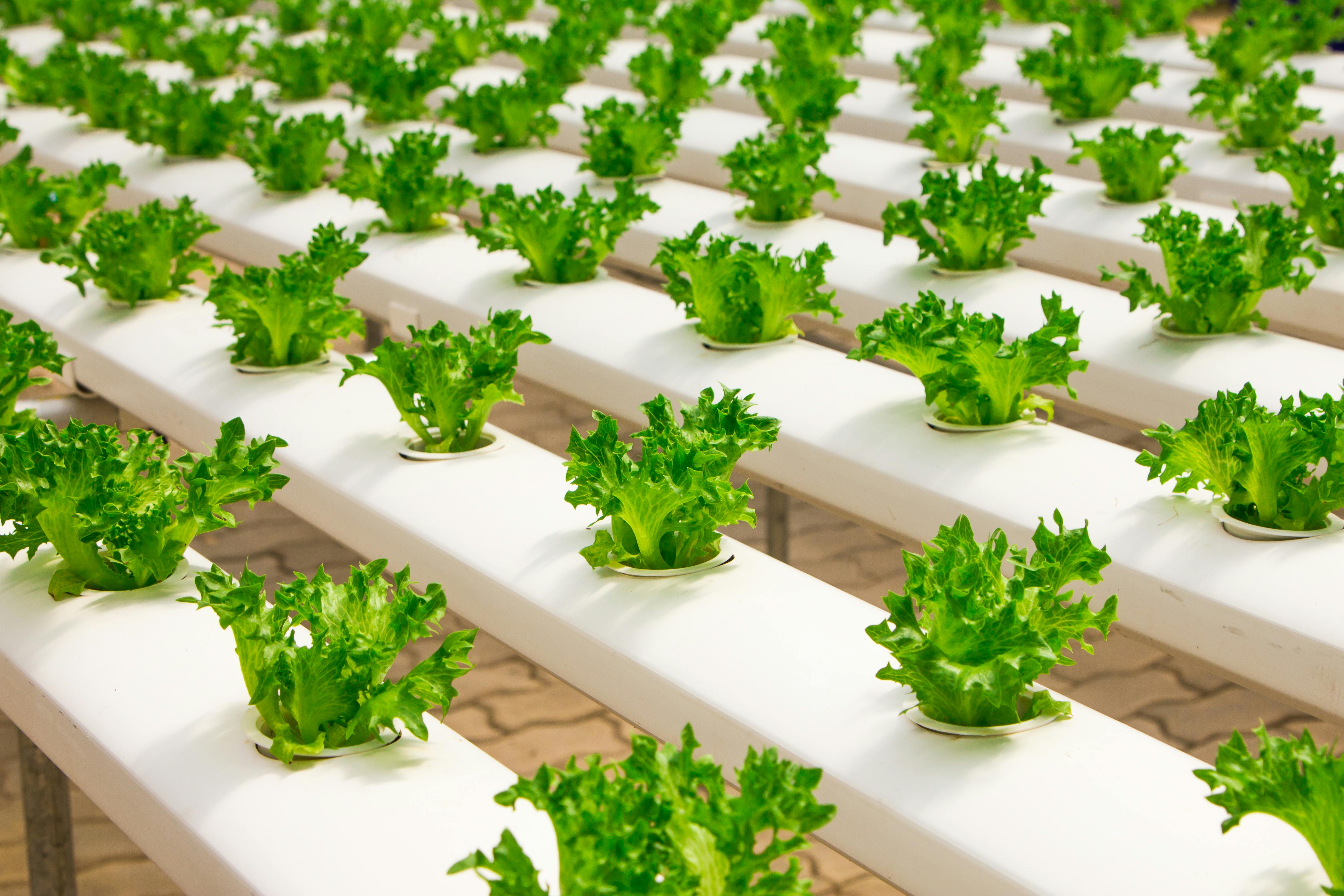Creating an herb garden is a great way to bring natural beauty and flavor to your home. Herbs are easy to grow and require minimal maintenance, so they are perfect for beginner gardeners. With just a few supplies and some basic knowledge, you can create an herb garden that will provide you with delicious fresh herbs all year round. In this guide, we will discuss how to build an herb garden, including selecting the right herbs, preparing the soil, planting the herbs, and caring for them over time.Welcome to the wonderful world of herb gardening! Growing herbs can be a great way to add flavor to your favorite dishes and create a beautiful landscape in your garden or yard. In this guide, we will discuss the basics of creating an herb garden and provide tips on caring for and harvesting herbs. We’ll also give you some ideas on how to use your freshly grown herbs. So let’s get started!
Decide What Herbs to Grow
Deciding what herbs to grow can be a daunting task. There are many factors to consider, such as the climate in which you live, the amount of sunlight your garden receives, and even the type of soil you have. Additionally, it is important to think about what types of herbs you plan on using in your cooking and other recipes.
When selecting herbs for your garden, it is important to take into consideration their growth requirements. Some herbs require more sun than others, and some may need more water or fertilizer than others
Prepare the Soil for Planting
Preparing the soil for planting is an essential part of gardening. Soil preparation involves several steps that will ensure the success of your plants. Before planting, you should test your soil to check for nutrient levels, pH levels, and other factors.
Once you have tested your soil, you should loosen it and break up any large clumps or rocks. This allows water and air to penetrate more easily and gives the roots of your plants a better chance to grow and thrive. You may need to add fertilizer or compost to
Select Suitable Containers for Your Herb Garden
When you are starting an herb garden, the type of container you select is essential to the success of your plants. You must choose a container that is large enough to accommodate the growth of your herbs, yet small enough to fit in your available space. It must also be durable and have adequate drainage. There are several types of containers to choose from, including ceramic pots, wooden planters and plastic containers. Each type has its own advantages and disadvantages.
Ceramic pots are attractive and come in a variety of
https://images.pexels.com/photos/5909879/pexels-photo-5909879.jpeg
Drainage Options for Your Herb Garden Containers
When choosing a drainage option for your herb garden containers, consider the size of the container and the type of soil you’re using. If you’re using a larger container, such as a terra cotta pot or plastic planter, then you’ll need to ensure there is adequate drainage. If your soil is too dense and doesn’t allow for water to escape easily, then adding gravel or perlite to the bottom of the container can help. This will give roots plenty of room to breathe and allow for water to

Placing the Herbs in Containers
Herbs are a great addition to any kitchen or garden, as they can add flavor and color to any dish or landscape. They are also easy to maintain, requiring only occasional watering and pruning. When it comes time to move your herbs from the garden or store them for later use, it’s important to select the right containers for the job. The right container will protect your herbs from damage and help ensure their freshness and flavor.
When choosing a container for herbs, consider the
Water and Fertilize the Herbs Properly
Proper watering and fertilization of herbs is essential for their healthy growth. Watering should take place regularly, but not too often. Generally, herbs should be watered once or twice a week, depending on the weather and soil conditions. In hot weather, herbs may need to be watered more frequently, while in cooler weather, they can usually go longer between waterings. It is important to water deeply so that water reaches the roots of the herb plants.
When it comes to fertilizing herbs, it
Provide Protection from Extreme Weather Conditions
With increasing climate change and global warming, extreme weather conditions are becoming a major challenge for many people. The intensity of storms and other natural disasters is on a sharp rise. In such a scenario, it is essential to provide protection from these extreme weather conditions. The most effective way to do so is to have an adequate shelter that can withstand the force of adverse weather conditions.
One way to protect yourself from extreme weather conditions is by building or renovating your home with materials that are resistant to wind, floods, and other forces

Conclusion
Building an herb garden doesn’t have to be a difficult task. With the right supplies and a bit of knowledge, anyone can create a lush, healthy herb garden with ease. Start by selecting the right spot in your garden and then prepare the soil. Choose plants that will thrive in your environment and then get to planting! Finally, make sure to provide regular care for your herbs and you’ll be enjoying fresh herbs in no time. Building an herb garden is both rewarding and enjoyable – so get started today!
